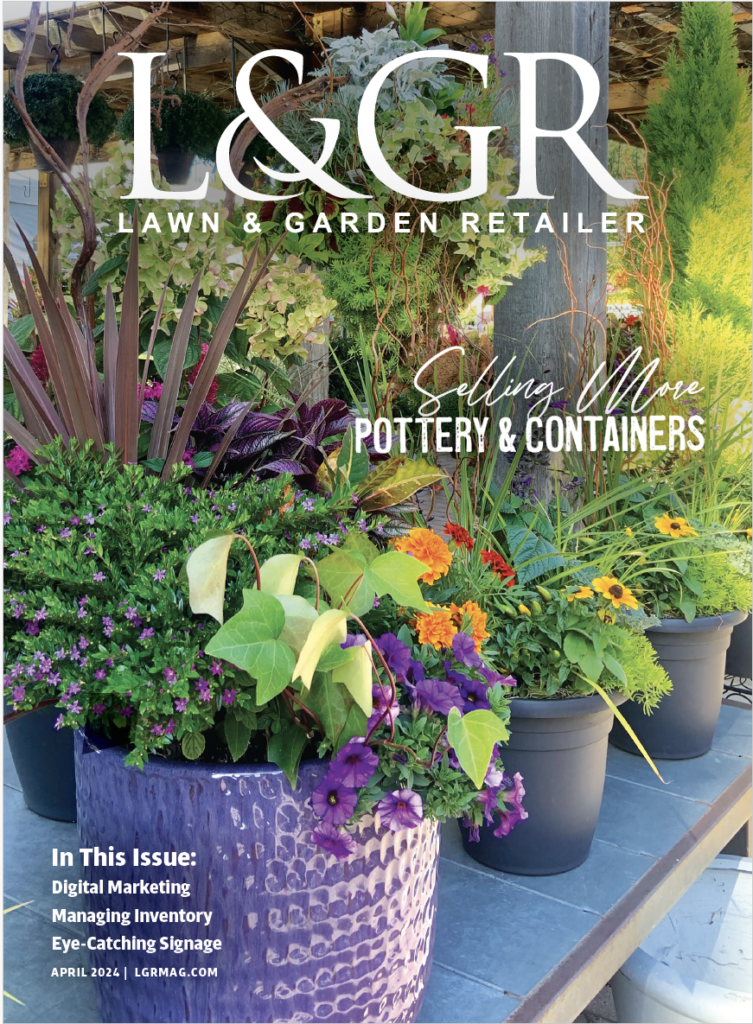Borrowing Merchandising Tips
Why do we approach a store? Why do we buy more than what was on our lists when we got there? Do we traverse the maze of merchandise of our own accord or are subtle hints steering us toward what the seller hopes we will purchase? And how does the seller use his or her space to the fullest to both attract us and sell us something when we come in? These are the sorts of questions that can help you learn more about merchandising as you shop at other retail stores.
There are many different tactics that retailers use to subconsciously convince consumers to make purchases, and most of them can be seen while taking care of your weekly errands. Some of the very same principals that grocers, major department store chains and other retailers outside the lawn and garden industry use to maximize available space, attract their customers and increase their buying power can be just as effective in garden centers.
Attention To Detail
Who knew you could get great merchandising ideas while grabbing a carton of milk and a loaf of bread at the supermarket? In an article for Cooperative Grocer, Pam Musante wrote that “retail is detail.” Grocery manager of Sacramento Natural Foods Cooperative, Musante noted, “Before I became grocery manager, I was a produce manager for seven years. One of the best pieces of advice I got was from a 30-year veteran of produce. I was lamenting the fact that there was no produce merchandising school I could attend to teach me the tried and true tricks of merchandising produce. He smiled and said that every produce department in every store is a school. He confessed that even after 30 years in the business, every time he walks into a store he steals at least one idea. I have found the same with merchandising grocery products.”
And the same is true for lawn and garden merchandising and product placement. Retailers of these establishments can visit all sorts of other outlets and get new ideas on shelf management, product mix and building displays.
Make your space work for you. In her own store, Musante wrote that with its size and volume of sales, every square foot is worth more than $820 in sales annually. She looks at every vacant spot as potential selling space, and you should, too.
Product Placement
Merchandising not only means attractive and pleasing end aisles and case stacks but also product placement on the shelf. Successful retailers will ask themselves whether the flow of product makes sense and what products should be at eye level. Moving certain products to different shelf levels may change their frequency of purchase for better or worse.
Musante discussed two schools of thought on shelf product placement. The traditional approach is to place fast movers on the bottom because the customers will bend down to pick up their favorite product (and view many other products as they reach). The other school suggests that retailers keep the fast movers at a prime location such as eye level and give them more shelf space. “For consistent shelf displays, it is important to determine whether your shelf sets are vertical or horizontal. Whatever set design you choose, stick to it. I prefer to vertical shelf set, since it allows each manufacturer a chance at prime shelf space,” she wrote.
Vertical Vs. Horizontal
Consider how everything is displayed, not just the items on shelves. Tall display racks can be centered in a room to hang aesthetic garden wares and make the most of a small indoor space. Even pesticides and other chemicals can be arranged vertically. A tip for similar product merchandising is stacking a large shipment of a product you plan to promote on the sales floor. Picture the sorts of large displays you might see in a grocery store pyramids of canned goods and towers of cereal, for instance. Creating an impact display by stacking a product can promote the item and solve storage problems.
Of course, limited space as well as barriers such as windows can affect what type of product displays retailers choose. If space arrangements are a concern, look into stackable merchandisers that can be altered to accommodate a range of spaces.
The Strike Zone
“There is a strike zone,” said Mathew Goodman, display manager for George Little Management, LLC. “It’s an area where a customer walks in, stops and slows down. It’s about 10-20 ft. into the store. They look left to right because we’re taught to read from left to right,” he said.
“In this strike zone, the person will often pick up an item, turn it over and look at the price. They make a judgment about your store right then, whether it’s fair or not. The strike zone is the best place to put the goods you want to promote,” he said.
“A mid-size retailer might play up its end caps at the beginning or end of each aisle. These are an introduction to each aisle or a panoramic view from anywhere in the store, like soldiers, they flow together,” Goodman said. “You might have one end cap featuring seeds, garden spades, deer netting or potting soil. They introduce those things down those aisles.”
Once through the strike zone, the right wall of the store is usually the most valuable real estate as this is the area that is generally traveled first and viewed most thoroughly by customers. Affordable items should be placed here. Notice what your favorite retailers place in this location the next time you’re shopping.
One of the most important marketing strategies in any store is directing traffic flow. Go to your favorite retail outlets or a supermarket and observe the flow of traffic. Typically, most grocery stores place the bakery to the right. You move toward its warmth and smell and then into a produce section. It’s hard to break away from the flow and head straight to the back of the store for the milk.
A map of the store will recognize the current traffic flow and develop a plan to direct the flow so customers will shop the entire store with their attention focused where you would like it to be, Goodman said. “By strategically placing demand/destination products and impulse items throughout the interior of your store, you can balance the traffic flow throughout your store and increase your overall sales by making the best use of every square foot. Start by taking the pulse of your merchandise selection from the front to the rear of your store.”
“Once your customer passes through the decompression zone,” Goodman explained, “he or she looks at the price of the first item, generally to their right, that is easily accessible. This initial item should have a price point that is not overwhelming to your customers, as this area, also called the strike zone, offers your customer their first impression of your store’s prices.”
Keep It In Mind
The next time you’re shopping at retailers outside the green industry, don’t just reach for products. Think about their placements and spatial relationships. Think about why you’re choosing one product or brand over another and then apply the same ideas at your garden center. Remember: when it comes to merchandising, it’s all about selling products, whether they’re shovels, pancake syrup or designer jeans.

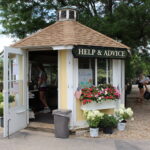

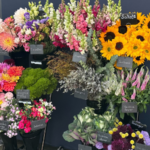
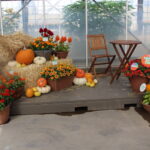
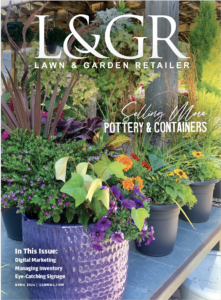
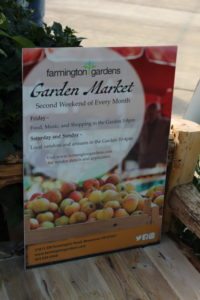

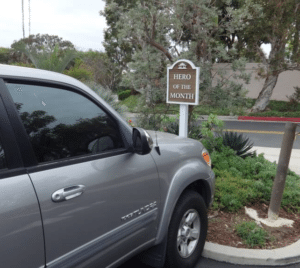
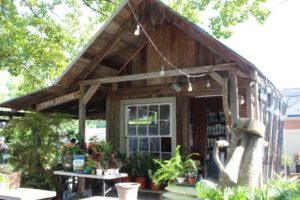
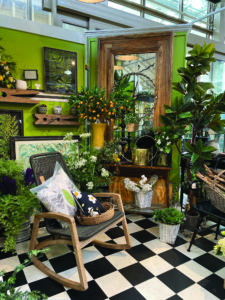
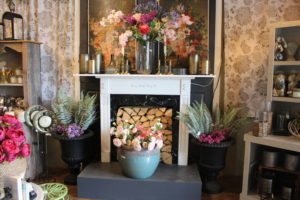

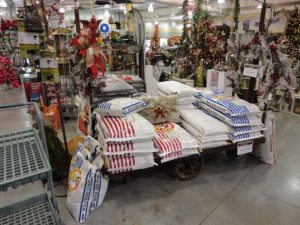
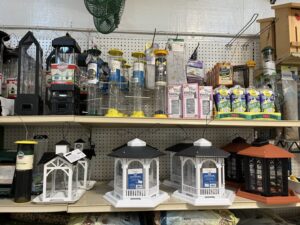
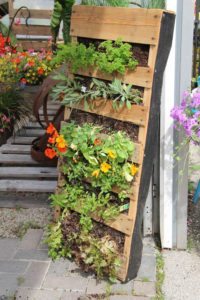
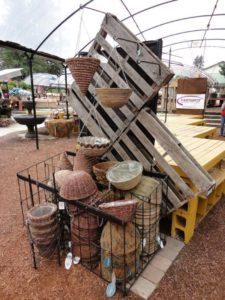
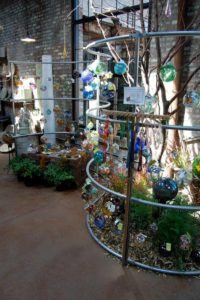
 Videos
Videos




